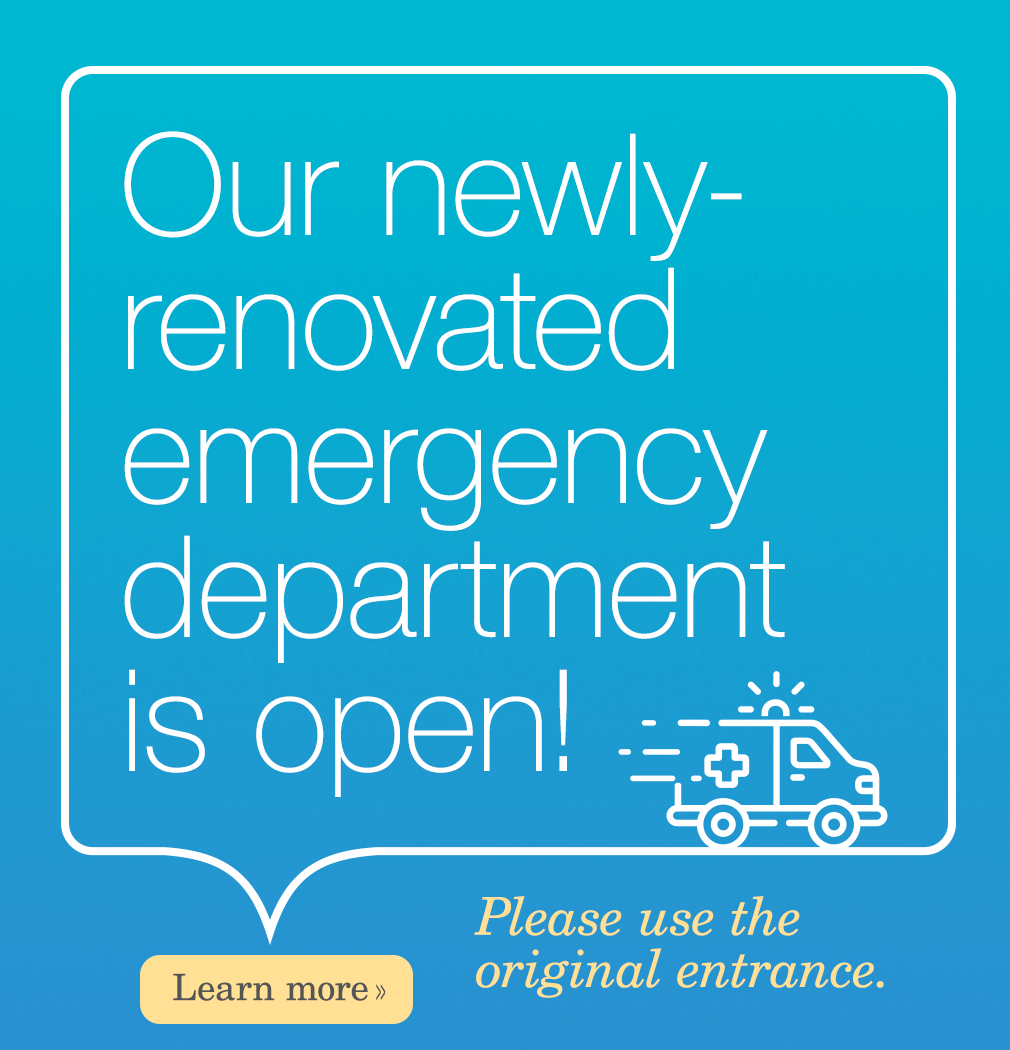

Was NMC’s Proposed Budget Approved by the State?
No. This comes despite NMC having the lowest cumulative rate increase over the past thirteen years among Vermont’s hospitals and having charges to patients which are consistently below average within the state based on the publicly reported comparatives. It comes despite NMC’s proactive step of reducing our requested rate increase to 1.8%, below the average proposed increase of Vermont’s hospitals, during the budget review process. It comes despite praise from the Green Mountain Care Board (GMCB), the state body which regulates hospital budgets and insurance company premium increases in Vermont, at our budget presentation for our staff’s efforts to be leaders in caring for our community and investing in prevention to improve the long-term health of our community. It comes despite us having the lowest requested cost per adjusted admission of any other perspective-payment- based hospital in the state.
What does the cut mean to NMC’s budget? By setting NMC’s rate increase at 0%, the GMCB impacted NMC’s proposed budget by more than $750,000. In order to preserve an appropriate operating margin, NMC will identify and eliminate that amount of budgeted operating expenses for next year. That is a significant challenge for an organization which already ranks well in benchmarks of productivity and efficiency.
The GMCB has asked hospitals to contain the growth in their revenues (not the rates we charge or the margin we achieve, but rather the revenue we incur) to below 3.4%. Over the past five years, for the hospital itself, NMC has held our revenue growth to an average of 1.1%, well below the state’s target for the growth in services provided by hospitals. However, as an entire organization, we have grown more than that, as we have maintained access to outpatient provider-based care (such as Pediatrics) and expanded access to preventive care (such as Dermatology) by employing physicians and advanced practice providers. Since many of these practices previously existed in our community – or patients were traveling to seek that care since it was not available locally – so their revenues are not new expenses to Vermont’s system. However, based on how the regulations of hospital budgets are structured, employing those practices to retain them in our community (or to eliminate our community’s need to travel) makes their revenues then count as ‘hospital revenues.’ This has pushed us past the revenue cap in recent years as we press to ensure that our community has access to necessary preventive care.
NMC is financially stable for a small not-for-profit hospital. We understand the tough decisions the GMCB must make. Our community Board of Directors, our engaged Medical Staff, our entire employee team, and our devoted volunteers have worked tirelessly and prudently to ensure NMC has the financial resources to invest in raises and education for our staff, in capital equipment and the modernizing of aging facilities to keep pace with changes in medicine, and in primary prevention to help our community embrace healthier lifestyles to bend the cost curve long term by reducing the demand for costly medical treatments. All of these efforts have drawn praise at the state level as a leader and innovator. Still, even with our low rate increases over the years and our position of having below average- charges and cost, we have been asked to make cuts. Our team will meet that challenge in order to continue to execute on our plans to meet the community health needs. In doing so, we will find a way to fund our commitment to wellness and primary prevention. We will not pull back from strategically positioning NMC to be a strong community resource and partner amidst healthcare reform. We will not limit access to appropriate community based care. Long term, is a revenue cap sustainable in regulating hospitals? It was intended to be a temporary solution. It does not account for the growing demands for care from our aging population. It does not fully account for the shifts within the system relating to physician employment. There is no mechanism to ensure that monies cut from hospitals actually make it all the way back to Vermonters in terms of reduced out of pocket expenses. We must find a better way and we are hopeful the all payer waiver being negotiated between the state and federal government will provide the resources necessary to make the transition to a sustainable payment model based on value. We agree that healthcare is too expensive in Vermont and have been working hard to contain those costs. We respect the GMCB and will continue to work with them to help find a more effective way to move forward together towards a healthier Vermont with a more sustainable healthcare system. Meanwhile, our team is committed to serve this community and continue the fight to reduce healthcare costs, improve the quality of care, and promote overall health and wellbeing.
We are proud to be a strong community hospital. The GMCB asked us during our budget review session the question “When is Strong too Strong?” Our Board of Directors will be answering this question over the next few months. We welcome your opinion.
— Jill Berry Bowen, CEO

